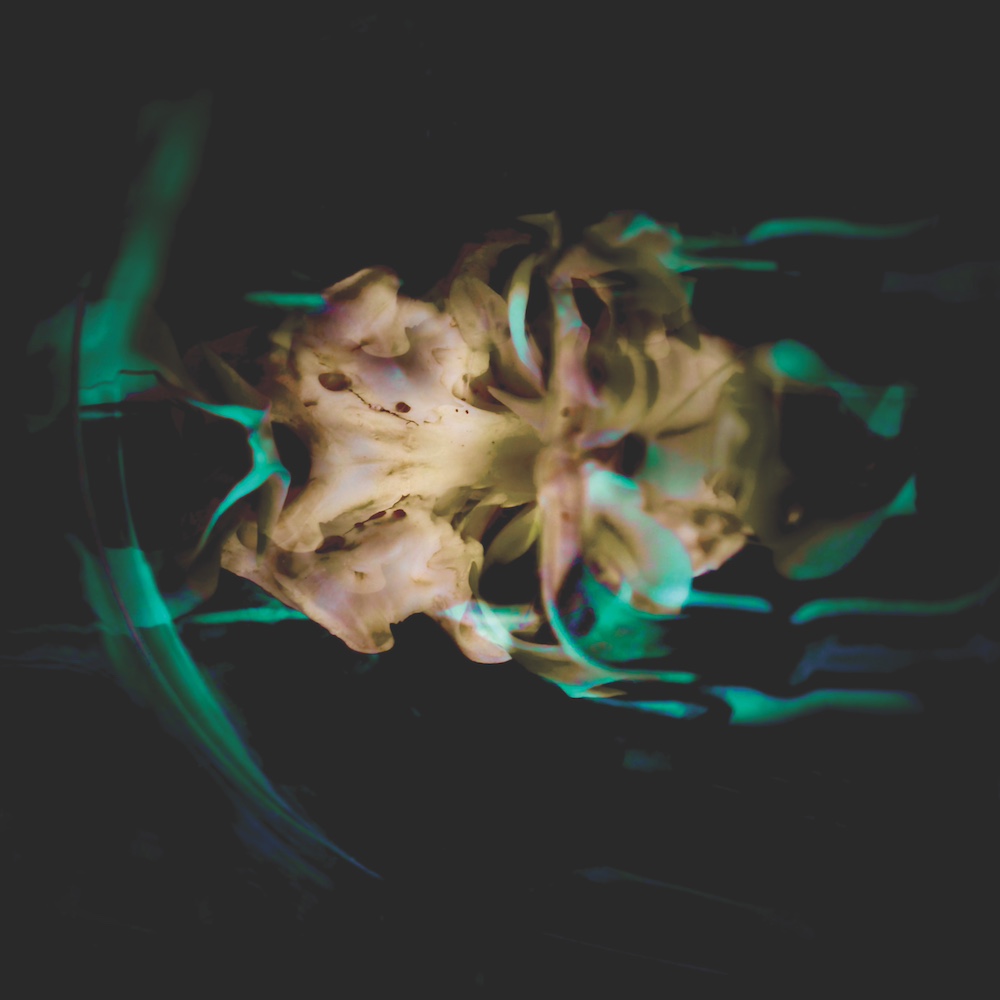When asked if there was a particular subset of botanicals that he focused on, the London-born, Sydney-based artist Eden Diebel answered with an emphatic “No”. This is understandable, given the hybridity that defines his practice. Originally a painter, then a film director (successfully, given his two Golden Lions from Cannes), the artist picked up a camera as a way to bring his many creative endeavours together, looking to push the limits of photography.
“My work has the specific aim of wanting to challenge and redefine what the viewer expects from the photographic medium,” says Diebel, who recontextualises conventual visual elements such as foliage and plant life, combining them in unusual composite images to alter his audience’s sense of perception. Deep chiaroscuro effects emphasise the melding of flora and fauna into entirely new entities, with petals, leaves and branches acting to enfold or obscure. There is a deep sense of theatricality to this aesthetic, turning the ordinary into the fantastic. These visions can often be deeply surprising: “I want my images to confront the notion of beauty,” states the artist, “whilst disarming our expectations of where it can be found”.
Particularly demonstrative of this approach is his Lost Medici series, which finds plants smothering recognisable Renaissance masterpieces, and botanic alterations usurping the historicity of the images to create something entirely new. “It is as if they were the last thing to grow and change after all else became dormant”, Diebel says of his verdant interlopers, bestowing a singular transformative and abiding power on nature in its various forms. In recontextualising both the historic imagery and the natural elements, both of which individually possess an innate beauty, the artist presents a hybrid image that dislocates the viewer from their own reality and transports them somewhere entirely new.
Above: Eden Diebel, Maddelena, 2019. Photograph, 60 x 80cm. Courtesy: the artist and Australian Galleries.

Eden Diebel, Corona (After), 2020. Photograph, 60 x 60cm.

Eden Diebel, Orchid (Crossing), 2020. Photograph, 60 x 60cm.

